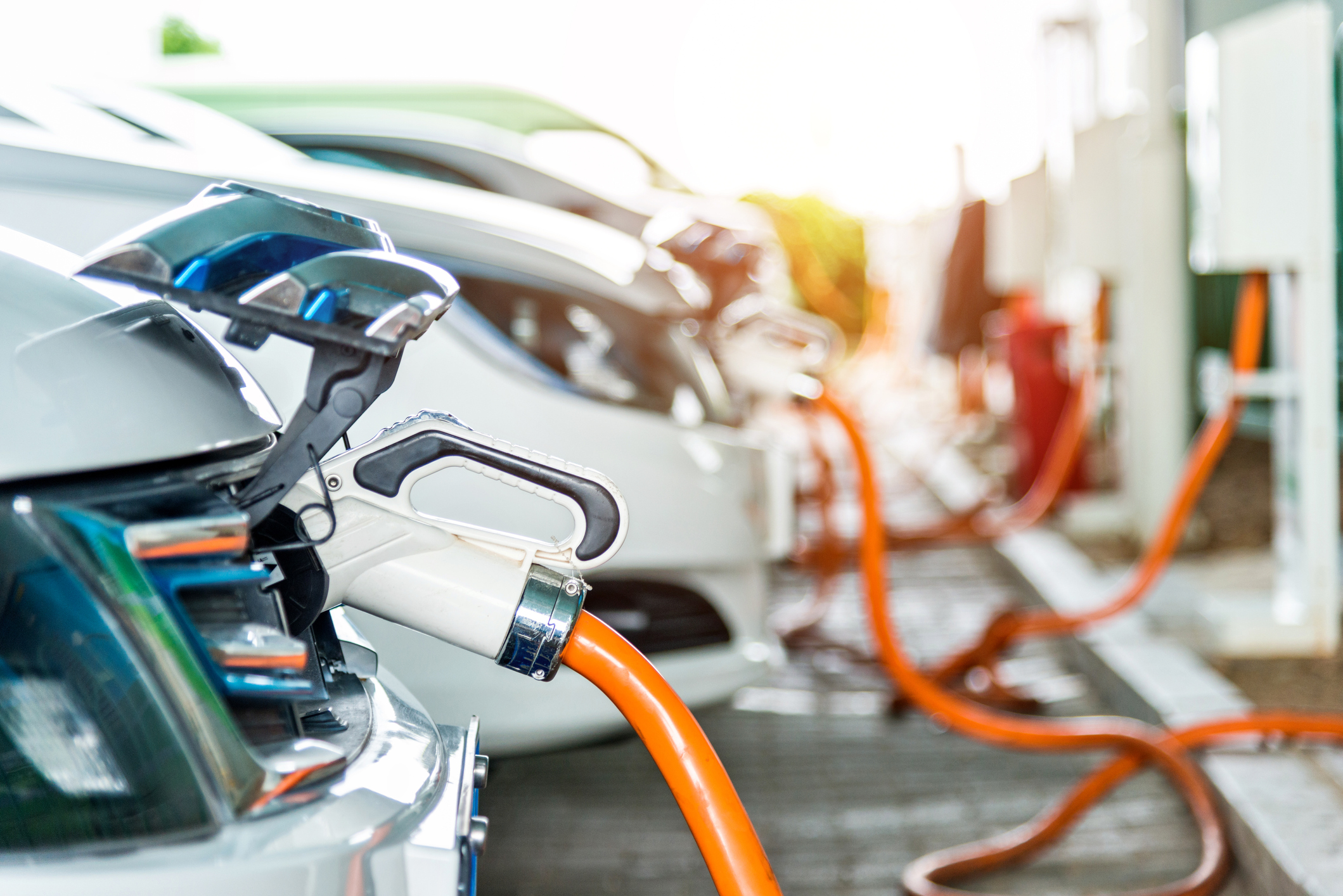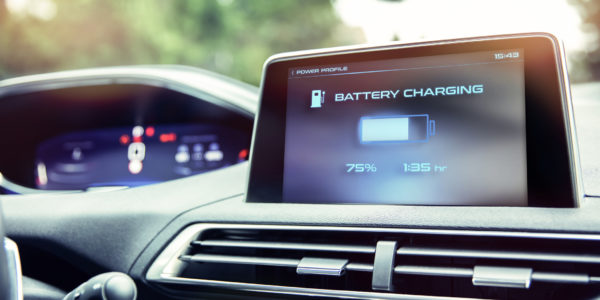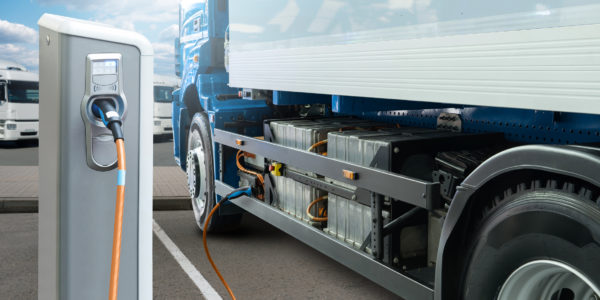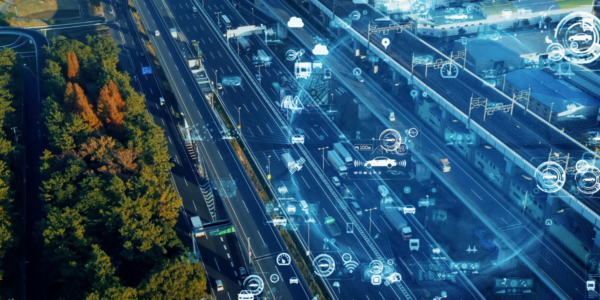Tag: EV Charging

Choosing to charge EVs on-site or at drivers’ homes each come with their own pros, cons and general considerations from infrastructure installation to electricity costs to charging schedules.

In addition to extreme temperatures and battery degradation, EV drivers are noticing another phenomenon affecting their battery performance and fuel efficiency. Phantom drain, also known as vampire drain, occurs when energy is lost from a battery when the vehicle is not in use.

Charging infrastructure is a crucial element of electrification that many leave as an afterthought to EV adoption. Installation of EV infrastructure can take up to months, and fleet managers must consider their charging strategy, budget, available space and the infrastructure company they will work with.

Creating a charging strategy is an essential step of electrification that many do not realize should be done well in advance of receiving new EVs. Fleets looking to build an entire charging station with several ports for fleets can be looking at months of installation time.

Even when the right vehicles for your fleet become available, there is still the question of whether they are truly the better option. Fleet managers must justify that EVs would perform at the same level as their current ICE models.

The benefits of connecting a fleet with telematics are pretty much indisputable. With such a deep collection of vehicle and driving insights, managers can dig into data to identify waste reduction opportunities and optimize performance. However, as many switch to electric vehicles they are wondering, are telematics just as useful for EV fleets?